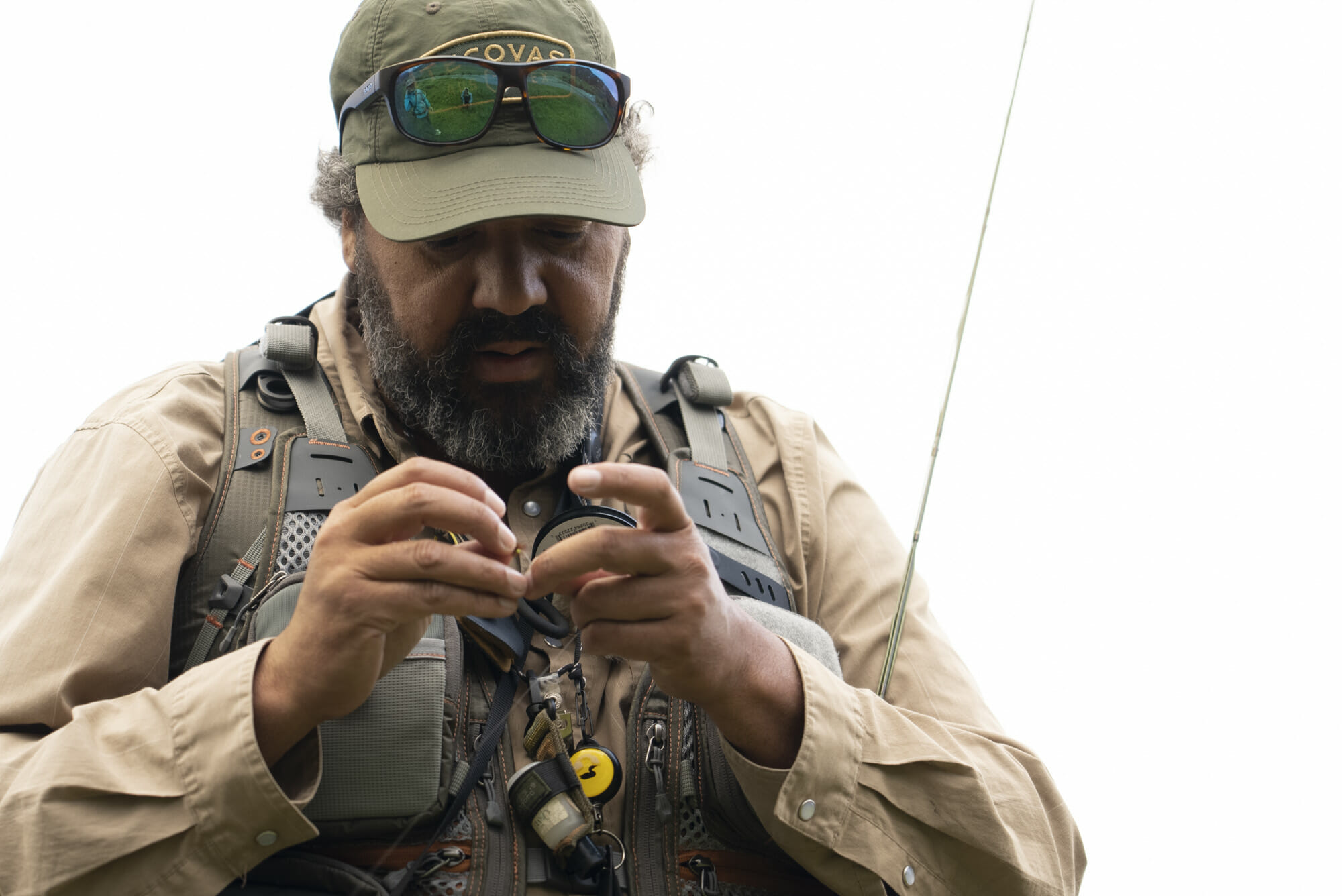A number of years back, Scientific Anglers completed a study of “people who expressed interest in fly fishing but didn’t quite engage,” asking them what the main obstacles were that prevented them from getting over the proverbial hump.
It boiled down to two things. First was casting – some thought making fancy loops was a highly technical, difficult thing to pull off. And, second, knot tying seemed entirely too complicated and intimidating.

Well, I have plenty to say about casting a fly rod and promise to get into that later. For now, I’ll say anyone can do it (sure, some better than others), but I think casting has been largely over-complicated, if only so people who are really good at it can make money convincing the rest of us how much we still have to learn. But to catch fish, and be a “successful” fly angler, casting actually ranks about third or fourth on my priority list, at least insofar as it relates to trout fishing with a fly rod.
Knots… well, I’ve fished all over the world and have caught many species from rivers to oceans, and 99.99% of all that involved knowing how to tie three knots that are no harder than knowing how to tie your shoes.
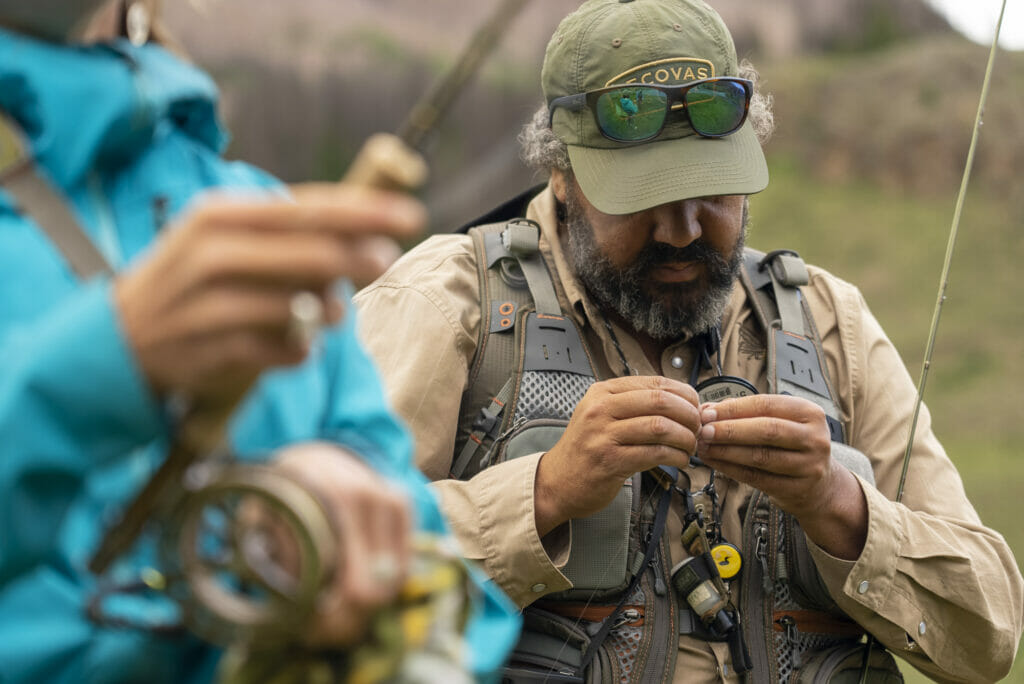
Before getting into specifics, it’s worth pointing out one fundamental truth: a well-tied knot is far more effective than any fancy knot recipe.
My buddy Tom Rosenbauer explained that Orvis once invested money on a knot-testing machine to try to discover what knot recipes worked best, and after all the strength tests and such, what they learned was that a well-constructed knot of any variation usually beat any poorly constructed variation of another type. Orvis mothballed that knot testing machine.
John Merwin, the late, great fishing editor of Field & Stream told me the same thing. Tie a knot firmly and well-seated, and it’ll work better than a fancy recipe that may have been cooked up by someone adrift at sea with nothing to do but figure out knots.
At the end of the day, it’s all about trust. Build a knot you feel confident about and can count on, and that trust carries straight into everything from the cast you make, to the hookset, to the fight, straight into the net.
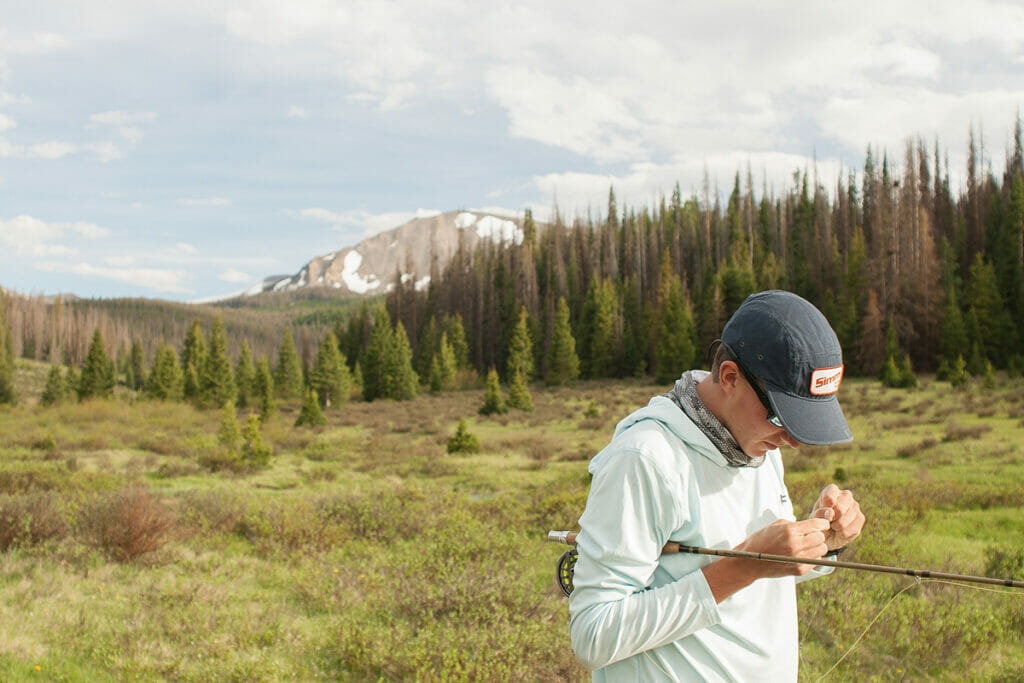
If you question the strength of your knots before you even hook a fish, that’s going to translate negatively to how you play the fish, and ultimately, the final outcome.
My three knots?
An improved clinch knot. I use this one to tie on most of my flies to the tippet. Yes, in certain saltwater situations, or when I’m fishing streamers for trout, I sometimes use loop knots. But I can’t remember anytime a fish punished me for using the simple improved clinch.
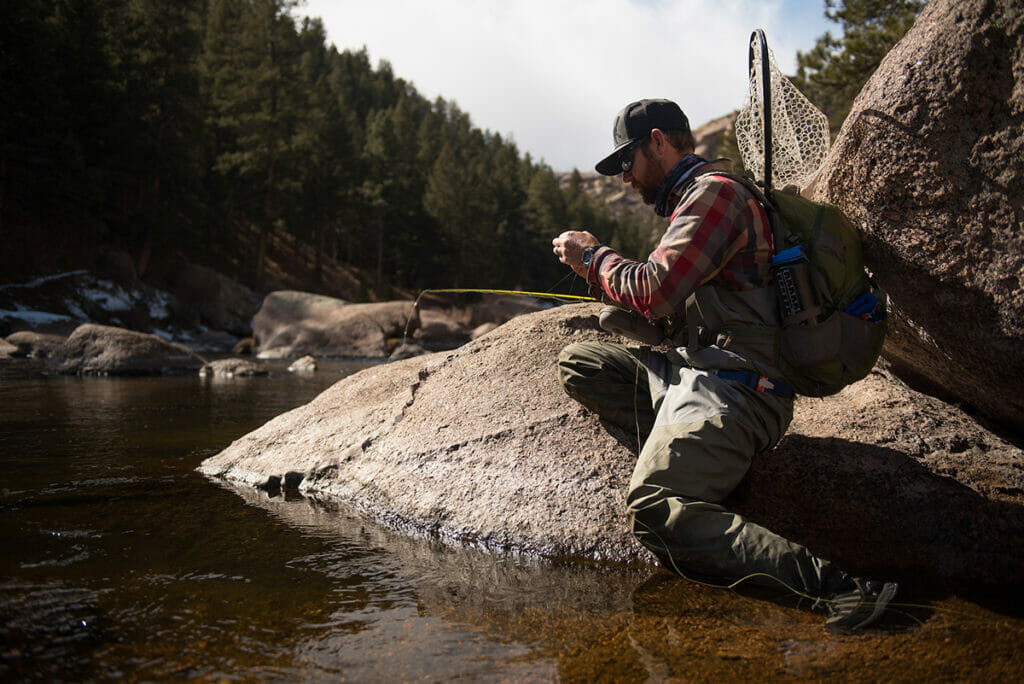
When I tie leaders to tippet, I use a double-surgeon’s knot. Yes, the blood knot is another I lean on now and then, but I’ve caught 100-plus-pound tarpon with the double surgeon’s knot, and in the trout world, that’s more often than not, more than good enough.
And then there’s the nail knot for connecting leader to the fly line. Buy an EZ knot tool, figure out how to use it, and you’re fine. With the built-in loop ends of many fly lines, it’s sometimes easier to build a perfection loop, and use that to connect to the leader. But I like the streamlined, skinny feel of a nail knot, especially when you’re bringing the fish tight through the tip of the rod to land it, so I often cut off the welded loops and lean on the nail knot.
Is there anything wrong with the Orvis knot, the Costa Rican loop or the vaunted Bimini Twist? Of course not. I once spent a full hour learning from the great writer, Charles Gaines, how to tie the Bimini Twist, and am grateful. I’m proud to know how to tie that one, but I rarely use it (I’m a trout guy).
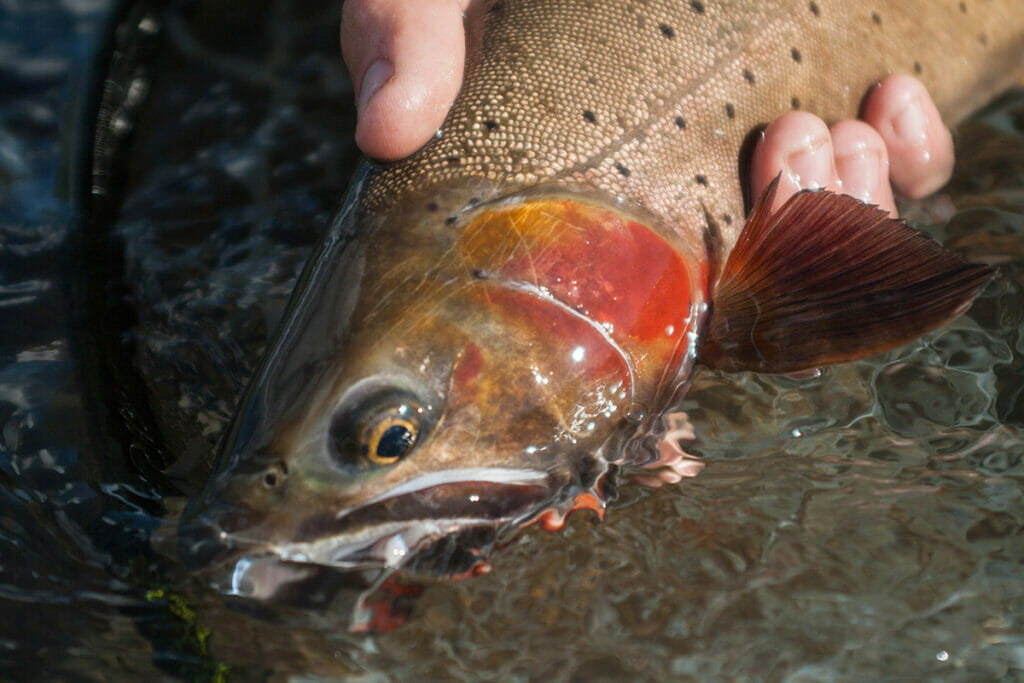
Knots are art. Knots are fun. But the honest truth is that there is no secret recipe. Moisten your knots with saliva as you tie them, watch them take form, and seat them well. Then trust them and fish.
We all break off now and then. That’s part of the game. It wouldn’t be fun or fair otherwise. But in my experience, it’s far, far better to get comfortable with tying a few knots well, and quickly (see that big brown slurping bugs? Want to switch patterns? What will you do?) than bogging yourself down in complicated lessons and second-guessing yourself. So, practice within your wheelhouse. Get comfortable, find a few knots you tie well and fast, then tie a fly on, and go fish!



